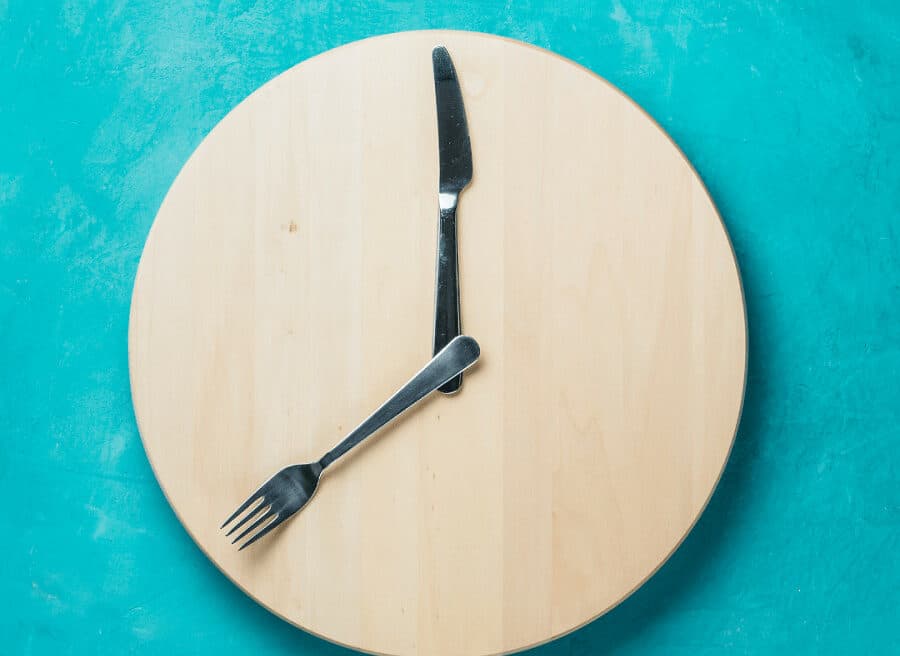
When you want to lose weight, most people benefit from dieting plus fasting.
This may sound repetitive, but dieting and fasting are not the same.
What is Dieting?
Dieting is about trimming calories or avoiding certain types of foods.
What is Fasting?
Fasting involves not eating at all for a specified period of time.
Both dieting and fasting can lead to weight loss. Research shows that fasting with dieting accelerates weight loss.
Studies show Fasting Leads to Weight Loss
Those who practice fasting tend to have more appetite control, easier weight loss, and higher insulin sensitivity.
Caution: Do Not Fast for More than 24 Hours in a Row
Medical practitioners do not recommend continuous fasting for long periods of time, periods of time lasting more than 24 hours. We agree.
Practice Intermittent Fasting
We recommend Intermittent Fasting as a way to cut more calories, control your appetite and make weight loss easier.
Intermittent Fasting is not a ‘one and you’re done’ type of diet program. Intermittent Fasting is an off-and-on type of fasting program that you can do for long stretches of time.
3 Kinds of Intermittent Fasting
There are three medically accepted plans to practice Intermittent Fasting.
Alternate Day Fasting
This fasting plan involves not eating for a complete 24 hours followed by a day (24 hours) during which you can ‘feast.’ This 24on:24off cycle can continue for extended periods. Clinical studies show this type of fasting plan leads to weight loss and improved health.
Modified Fasting
This fasting plan is more complicated and does not involve a complete withdrawal of food for any time period, but instead, requires a severe reduction of intake. First, you must calculate your normal daily caloric needs. Take that number and calculate 20% – 25% of those calories. That is the number of calories you can consume on your ‘fasting’ days. The remainder of the days you can eat what you want.
You can set your own schedule, just not two days in a row of fasting. For example, you may follow a 3:4 schedule. Fast three days a week (not in a row); eat what you want the remaining 4 days of the week. Or you could plan a 5:2 week, and so on.
Time-Restricted Feeding
This fasting plan dictates that you do all of your eating during a short time period of time, often between 8 and 12 hours. Many people accomplish this by skipping a meal. For example, you eat breakfast at 7 am and lunch at 1 pm. You skip supper and eat nothing else that day. You have fasted for 12 hours by 7 am the next morning.
3 Benefits of Intermittent Fasting
Intermittent Fasting leads to significant fat loss. In studies, patients lost 7% of their body weight, which is two times as much as those not practicing Intermittent Fasting. Even those patients who ate junk food on non-fasting days lost 3% of their body weight.
Intermittent Fasting promotes stem cell production. Stem cells replace old, damaged cells and keep your body looking and performing younger.
Put your concerns about muscle wasting from fasting aside. Intermittent Fasting causes an exponential increase in your body’s production of Human Growth Factor (HGH). HGH increases lean muscle mass and lower levels of body fat.
If you would like more information about Intermittent Fasting, Dieting or Weight Loss, contact the body shaping experts at Sculpt Away in San Antonio at 210-227-3051 or visit www.SculptAway.com.
We’re here to help. Schedule a consultation today to discuss treatment options
and look your very best.